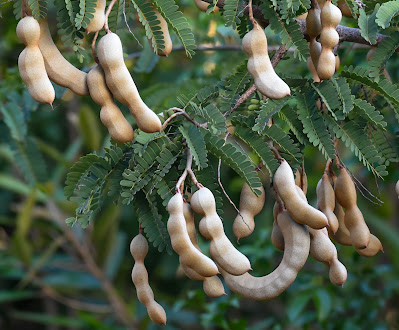A young white-cheeked pintail duck sets out on its own.
White-cheeked pintail ducks are year-round residents in the Virgin Islands. Given the climate, they can mate pretty much any time, as long as there is enough food and water. Other ducks, like blue-winged teals, are migratory – they come down for the winter season, then move north again to breed.
Some of the pintails must have been busy partying around the holidays because groups of baby ducks have appeared recently in local salt ponds.
A white-cheeked pintail led her ducklings across the pond near Francis Bay on St. John.
These handsome ducks are native to the Caribbean and South America. Both males and females have white feathers on their faces below their eyes and bright red patches on their bills. Their eyes are red as well. When they raise their wings, you can see patches of green on the edges.

.
From what I have seen, mating activity can be rough. The female must have had to hold her breath as this male climbed on her back, grabbed her neck and pushed her head underwater.

When ducks mate in the water, the female underneath seems in danger of drowning.
It takes almost a month for the eggs to incubate. The nests are on the ground hidden in dense vegetation in brackish wetlands and mangrove swamps. The nests don’t seem very safe, though, as they are vulnerable to attack by rats, dogs, and other birds in the wetlands – including yellow-crowned night herons and smooth-billed anis. In the Virgin Islands, a mongoose might also eat the eggs or snatch a baby duck.
When the babies are old enough, the mothers will lead them to a nearby pond and teach them to feed themselves. They are pretty vulnerable to predators there too. It can take up to two months before they are able to fly. Large groups of baby ducks seem to dwindle over time even though the mothers try to protect them, and males also sometimes help guard the family.
A mother white-cheeked pintail brings her ducklings out to learn how to forage.
The white-cheeked pintails are pretty particular about the depth of the water in a pond because they are dabblers, not diving ducks. In shallow water they walk around pulling up weeds and eating little fish, crabs and snails.
White-cheeked pintails prefer shallow water when they forage for food.
If the water is deeper, they dip their heads under the water with their butts up in the air while they search for aquatic plants and animals along the bottom. (They get their name from the pointy feathers on their butts.)
Dabbling ducks put their heads down to forage underwater.
They can dive down if necessary, though they will generally move to a different spot if a pond gets too deep after weeks of rain. They will also move on when there is only mud left during the dry season.
When a white-cheeked pintail is flying or stretching, you can get a better view of the colored patch on its wing, which is called the speculum. Many ducks have bright iridescent feathers on this section of their wings, close to their bodies. The varying colors help us to distinguish different types of ducks, and may also help the birds recognize members of their flock when they are flying.
When white-cheeked pintails are swimming you can’t usually see the green patches on their wings.
Sometimes when one of the ducks rears up and flaps its wings, it looks like it is delivering a benediction. At least I have chosen to interpret the gesture that way. Probably it is just stretching its wings.


























